Nederlands
English
Deutsch
Français
You don’t often come across a more exclusive fish than turbot. This round flatfish is a true delicacy and enhances any dish. Turbot is a pricey fish, so it is important that you, as a buyer, get value for money when you buy turbot fish.
What should you look for when buying fresh turbot? Are there many different sizes of turbot? And what exactly are the differences between turbot, halibut and brill? These are all questions we will address in detail in the article below.
Are you a buyer looking for pangasius, and are you looking for good quality? In this article, we describe the origin of pangasius and what you should pay attention to in terms of quality when ordering this popular product.
After reading this article, you will be familiar with the following:
Turbot is a ray-finned flatfish from the turbot family. They can grow up to a metre long and weigh up to 25 kg. However, the average turbot does not weigh nearly that much. Turbot 400/600 is mainly used for retail. This turbot weighs an average of 500 grams. This will give you about 200 grams of fish meat: the perfect size for one person as a main meal. Other turbot size classifications are turbot 650/750 and turbot 850/950. Restaurants mainly purchase these.
Like plaice – and other flatfish types – the turbot has two eyes on one side. When lying flat on the bottom of the sea, the turbot always lies with its eyes facing upwards. The teeth are on the blind, white side facing down, which allows the flatfish to feast on numerous crustaceans and shellfish at the bottom of the sea.
However, the turbot is also a true predator. Its ability to change colour allows it to camouflage itself exceptionally well: from a light sandy colour to dark brown with lots of spots. The turbot likes to hide in the muddy, sandy bottom or between rock crevices, rendering its prey hopeless. Besides shellfish and crustaceans, the turbot likes to eat other flatfish, young cod and eel.
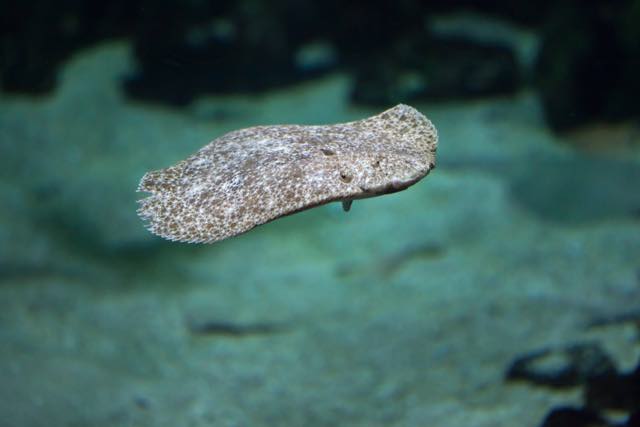
As a fish, turbot and halibut don’t look very similar: both are ray-finned fish, but the turbot comes from the turbot family, whereas the halibut comes from the plaice family. A halibut has an elongated shape and can grow huge: up to almost five metres in length and weighing over 300 kilograms!
So besides their name, which makes it sound like the fish are similar, these fish don’t have much else in common. However, turbot and brill do. If you see a fresh turbot and a fresh brill at the fish market, you will hardly notice any difference between the two fish at first sight.
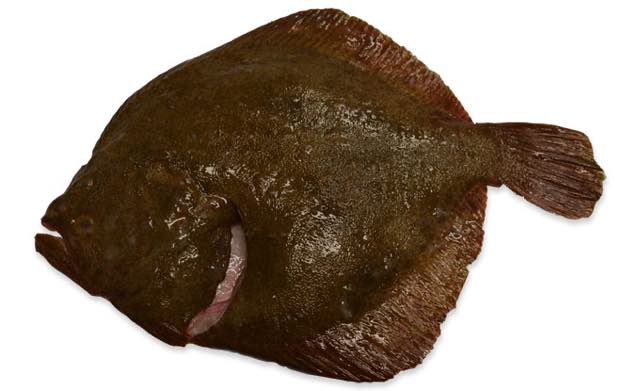
Unlike the brill, the turbot has no scales: it can be eaten straight away! The turbot can also be distinguished from the brill by feeling its skin. Just below its head, the turbot has hard, subcutaneous bumps. The turbot has bumps, and the brill doesn’t. The turbot is also slightly rounder than the brill – two handy mnemonics to distinguish the fish.
Apart from their external appearance, turbot and brill also differ in taste and price: turbot is somewhat tastier but also somewhat pricier. The fish’s rich flavour is greatly appreciated in the cuisine, and turbot is therefore often prepared with very little added: one or two flavours are sufficient.
We have already briefly touched on the basics of preparing turbot: turbot has no scales and therefore does not need to be de-scaled, and it is a fish that needs few other flavours. But what else do you need to know about preparing turbot?
Not only does turbot have a delicious, rich flavour and therefore hardly require additional flavours, but it is also very easy to prepare. Its firm structure makes the turbot ideal for frying or grilling. The fish can be pan-fried whole or filleted first. Frying the fish whole prevents it from drying out quickly, but frying it filleted is no problem, thanks to its firmness. Want to know when this firm piece of fish is cooked? Prick the fish with the tip of a fork or a skewer. When there is no resistance, and it slides right through, your delicious piece of turbot is done.
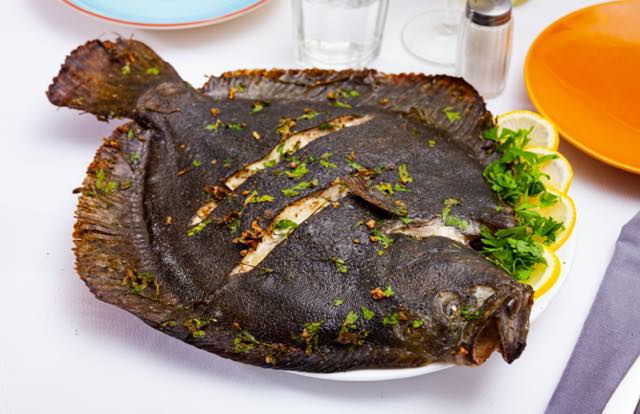
An even easier way to cook turbot is whole in the oven. There are endless recipes on the internet for preparing turbot in the oven, such as this Slow roast turbot in lemon, thyme and anchovy oil, our personal favourite.
Whatever you use turbot for, remember that: less is more.
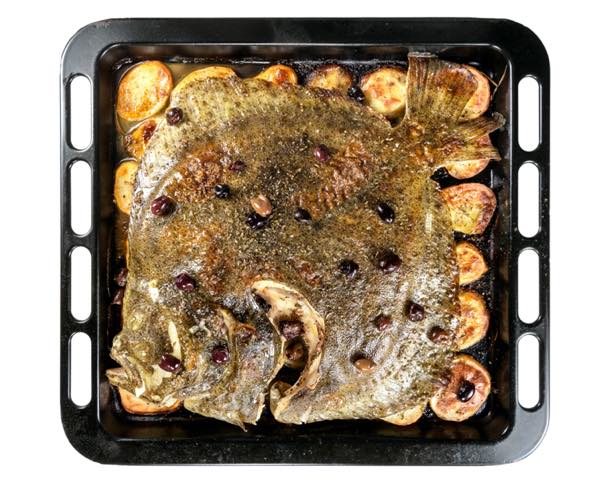
Turbot is supplied all year round, but the best times to catch turbot are autumn and winter. During these periods, the flavour and texture of turbot are at their best. Turbot is mainly caught in the North Sea but also swims in the Mediterranean Sea and the Atlantic Ocean. The turbot’s spawning season is from February to April, during which the female turbot secretes more than 10 million (!) eggs.
Despite its IUCN non-endangered status and the fact that the fish can be caught all year round, turbot is also farmed in several European locations. The Netherlands also has its own two turbot farms, where turbot is farmed to increasingly high levels. Farming turbot is a more sustainable method and, moreover, ensures that turbot has the same quality all year round. And at a steady price. As a result, the popularity of farmed turbot is increasing.
How is farmed turbot caught?
The answer to this question is simple: not. In fact, farmed turbot is bred in closed tanks on land. This involves recirculation techniques that continuously circulate and purify the water in the tanks. As turbot is not farmed in the open sea, there is no escape risk or subsequent impact on natural populations. Therefore, turbot farming is very sustainable.
Most consumers will not taste the difference between wild turbot and farmed turbot. However, you can clearly see the difference between wild turbot and farmed turbot. This is because the farmed turbot has a somewhat dark green/grey colour, whereas the wild turbot has a nice brown colour. Both fish are mottled. The underside of the wild turbot is very clean and white; the farmed turbot has a slightly yellowish colour and a somewhat thicker fat layer. The flavour of the farmed turbot is slightly fattier and firmer.
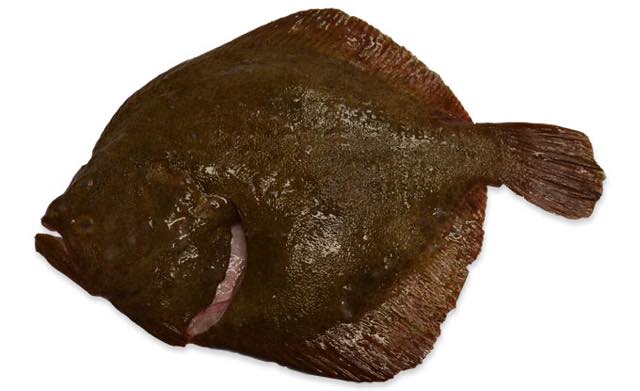
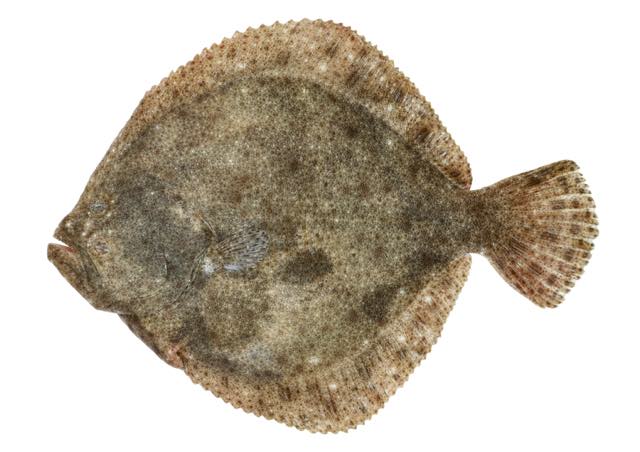
Are you interested in Mooijer-Volendam’s fresh turbot? If you are a buyer looking for high-quality fresh turbot, you have come to the right place. Mooijer-Volendam is a strong and flexible supplier for the catering industry, fishmongers, specialised retailers, Asian shops and general retailers. As a fish wholesaler, Mooijer-Volendam also sets high-quality standards when it comes to fresh fish. Our regular fish suppliers deliver fresh wild turbot of AAA-product quality to our customers several times a week.
Discover the full range of turbot products from Mooijer-Volendam
Are you curious about Mooijer-Voldendam’s full range of turbot? At Mooijer-Volendam, we have a wide range of fresh turbot products in all shapes and sizes. All our turbot products bear the MSC quality mark.
Would you like to know more about our fresh turbot products?